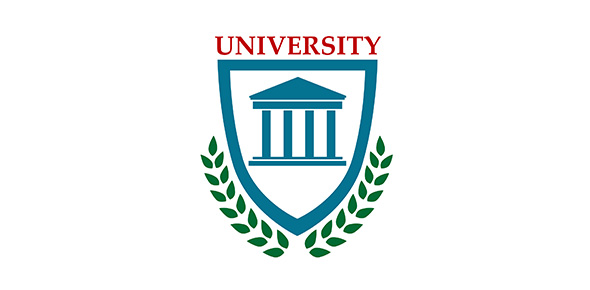Related Flashcards
Related Topics
Cards In This Set
| Front | Back |
|
Overview of financial statement audit
|
|
|
Two sets of standards directly related to financial statements
|
|
|
Financial statements are prepared following GAAP, once prepared an audit is initiated following the auditing standards of
|
Either
|
|
It should be noted that GAAP is the framework used by companies in the US however other frameworks include
|
|
|
Similarly auditing standards besides GAAS and PCAOB include
|
|
|
Sources of GAAP include
|
|
|
The AICPA's Auditing Standards Board (ASB) issues
|
Statements on Auditing Standards (SAS's) which are the generally accepted auditing standards for non public companies (non issuers)
|
|
SAS's are codified into AU sections of volume 1 of the AICPA Professional Standards and are written
|
In the context of an audit of financial statements by an auditor. There are now over 120 SAS's (all were revised and clarified in 2010-12 to make them more in accord with International Auditing Standards
|
|
The PCAOB has its own series of standards, it began with the ASB standards in place as of
|
4-16-2003, and is updated for its own pronouncements titled Auditing Standard No. X, with the X representing the current number in the sequence.
|
|
Unconditional means
|
|
|
Presumptively mandatory responsibility means
|
Should (unless auditor has justification)
|
|
To consider (PCAOB only uses this)
|
|
|
The AICPA's GAAS authority resides with
|
|
|
The nature of GAAS is to
|
Govern the quality of performance
|
|
Underlying principles of GAAS issued by the ASB (Auditing Standards Board) by section
|
|








